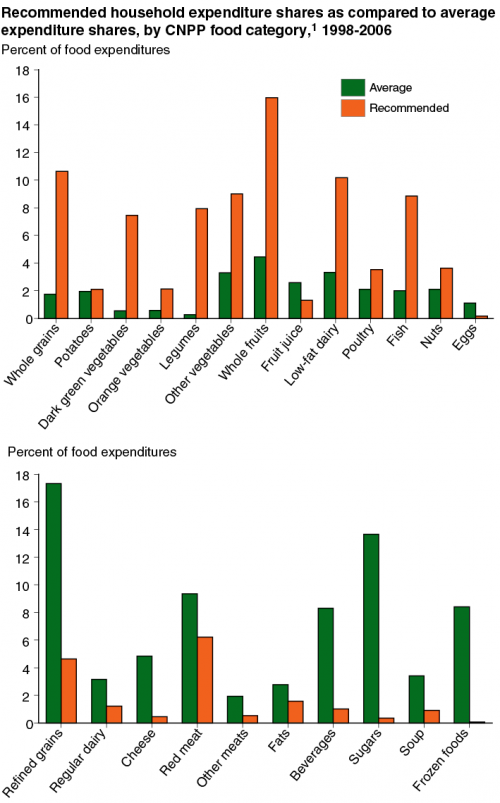Good news: cities report declines in childhood obesity
I don’t get many fan letters (as you can tell from reading the comments to posts). When I do, they mean a lot. Here’s an especially lovely one from a reader this week:
I cannot help but think of you and the work that you do having a great impact on the first signs of child/youth obesity declining. Although the “researchers” indicate they are not sure of the reasons for the decline, I think many within the food / food politics community know that the work you do, the awareness you spread and the advertising you expose, greatly affects the way we feed our children. As a real food advocate and parent, thank you for the work you do.
Thanks but I can take no credit (much as I would love to).
The writer is referring to a front-page, right-hand column story—the most important of the day—in the December 11 New York Times. The article said that several cities are reporting drops in childhood obesity rates.
The drops may be small, just 3% to 5%, but any reversal in obesity trends is excellent news.
Last September, the Robert Wood Johnson Foundation first reported such drops.
It noted that the declines were occurring in places that had taken comprehensive action to address childhood obesity.
New York City, for example, has engaged in major efforts to make healthy dietary choices the easy choices. Health Commissioner Tom Farley recently reported a 5.5% decline in childhood obesity.
The Foundation says that Philadelphia:
has undertaken a broad assault on childhood obesity for years. Sugary drinks like sweetened iced tea, fruit punch and sports drinks started to disappear from school vending machines in 2004. A year later, new snack guidelines set calorie and fat limits, which reduced the size of snack foods like potato chips to single servings. By 2009, deep fryers were gone from cafeterias and whole milk had been replaced by one percent and skim.
Broad policies like these are exactly what the Institute of Medicine recommends (me too).
And now, it seems, these actions are actually having the intended effect.
That’s the best news ever.
And I don’t care who gets credit for it.







